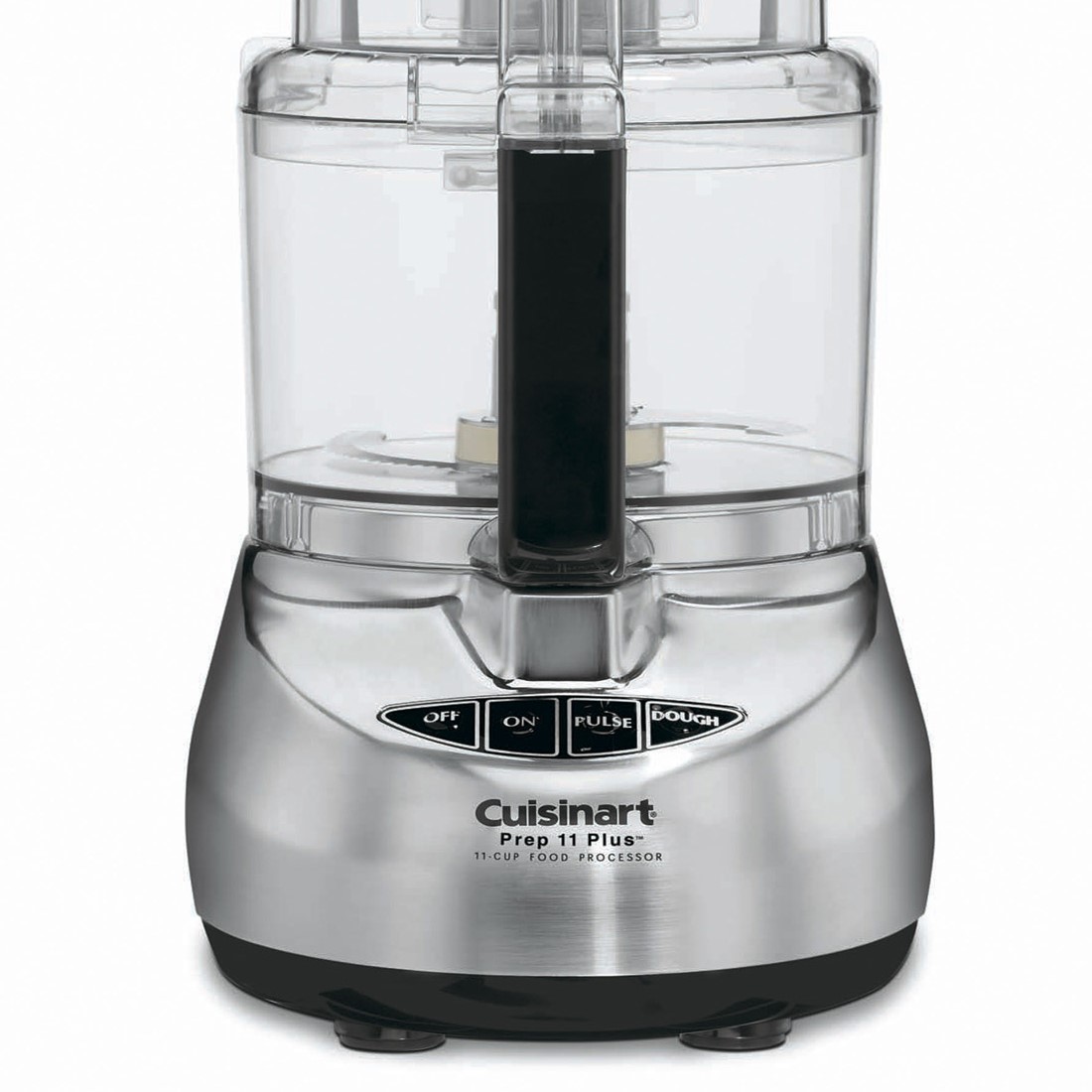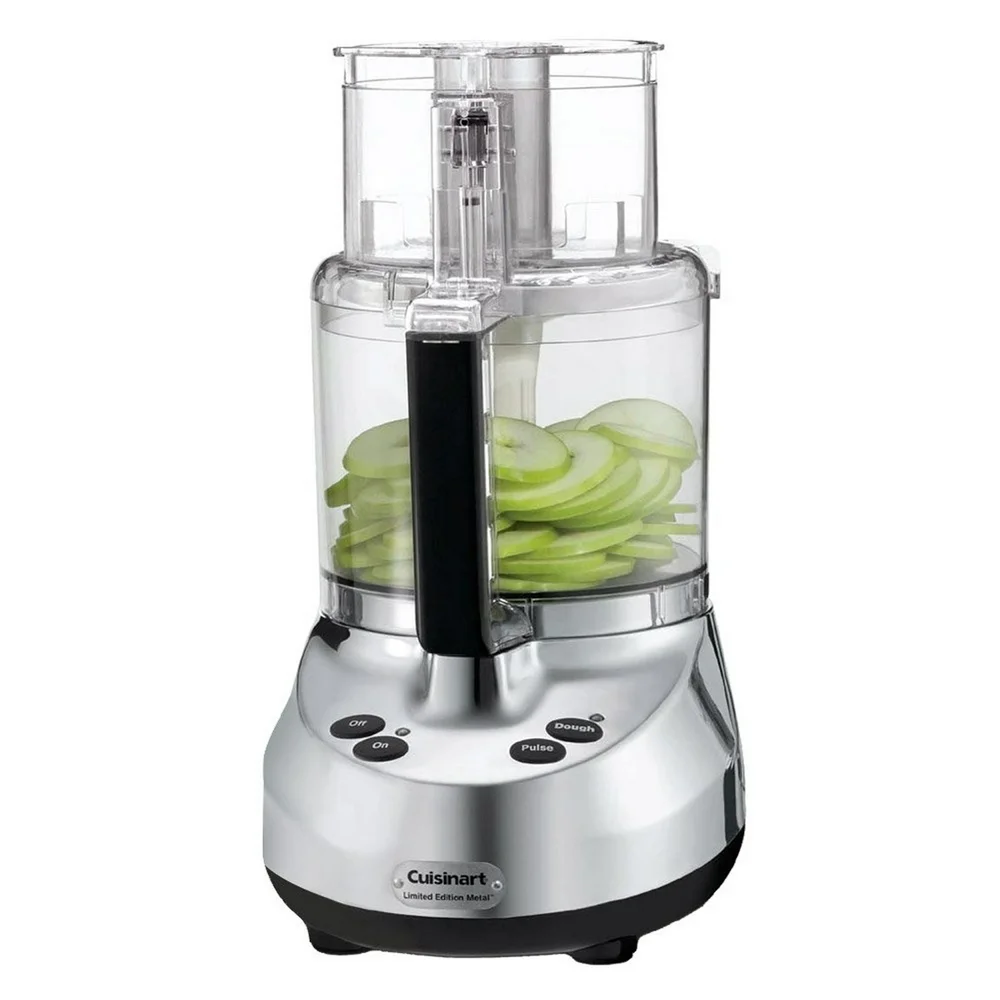
In the bustling environment of a modern kitchen, the Cuisinart food processor stands out as an indispensable tool, renowned for its versatility and efficiency. However, like any appliance, it might encounter issues that can disrupt your culinary workflow. Understanding Cuisinart food processor troubleshooting is essential for maintaining its optimal performance and extending its lifespan. This comprehensive guide delves into common problems, their causes, and step-by-step solutions to help you navigate and resolve any challenges you might face with your food processor.
Common Cuisinart Food Processor Problems
Before diving into specific troubleshooting steps, it’s important to recognize the typical issues that users encounter with their Cuisinart food processors. Being aware of these common problems can help you address them promptly and effectively.
Machine Not Turning On
One of the most frustrating issues is when the food processor refuses to power up. This problem can stem from various sources, such as electrical faults, internal component failures, or user errors.
Blades Not Rotating
Another frequent problem is the blades failing to spin, which can render the food processor ineffective. Causes might include motor issues, jammed components, or improper assembly.
Unusual Noises
Excessive or strange noises during operation can indicate underlying mechanical problems. This could be due to loose parts, damaged blades, or motor strain.
Leaking or Spills
Leaks from the food processor bowl can lead to messes and potential electrical hazards. These leaks often result from faulty seals, overfilling, or improper assembly of parts.
Troubleshooting Power Issues
When your Cuisinart food processor doesn’t turn on, it’s essential to systematically check the possible causes to identify and fix the problem.
Checking the Power Source
Start by ensuring that the food processor is properly plugged into a functioning electrical outlet. Sometimes, the issue might be as simple as a loose plug or a tripped circuit breaker.
Inspecting the Power Cord and Plug
Examine the power cord for any visible damage, such as cuts or fraying. A damaged cord can prevent the appliance from receiving power. Additionally, check the plug for bent or broken prongs.
Testing the Outlet
To rule out the possibility of a faulty outlet, plug another device into the same socket. If the other device works, the issue likely lies with the food processor itself.
Resetting the Machine
Some models come with a reset function. Refer to your user manual to see if your Cuisinart food processor has a reset button and follow the instructions to perform a reset.
Addressing Blade and Motor Problems
Problems with the blades or motor can significantly impact the performance of your food processor. Proper maintenance and troubleshooting can help mitigate these issues.
Cleaning and Maintaining Blades
Dull or dirty blades can hinder performance. Regularly clean the blades to remove any food residue and inspect them for signs of wear or damage. Sharpen or replace blades as necessary.
Motor Overheating
Continuous use without adequate cooling can cause the motor to overheat. Allow the food processor to cool down between uses and avoid overloading it with tough ingredients that strain the motor.
Replacing the Blades
If blades are damaged beyond repair, they need to be replaced. Contact Cuisinart customer support or visit their official website to purchase genuine replacement parts.
Resolving Speed and Consistency Issues
Inconsistent performance or inability to reach desired speeds can affect the quality of your food preparation. Here’s how to tackle these issues.
Adjusting Speed Settings
Ensure that you are using the correct speed settings for the task at hand. Refer to the user manual to understand the appropriate speeds for different functions like chopping, slicing, or pureeing.
Ensuring Proper Assembly
Improper assembly of the parts can lead to inconsistent speeds. Double-check that all components, such as the bowl, lid, and blade assembly, are securely and correctly positioned.
Using Appropriate Ingredients
Certain ingredients may require specific settings or pre-preparation. For instance, freezing ingredients before processing can help achieve smoother textures without overloading the motor.
Managing Leaks and Spills
Leaks not only cause messes but can also damage the electrical components of the food processor. Addressing this issue promptly is crucial for safety and functionality.
Properly Sealing the Bowl
Ensure that the bowl is correctly seated on the base. An improper seal can lead to leaks. Lift and reseat the bowl to confirm a tight fit.
Checking Gasket and Seals
Inspect the gasket and seals around the bowl and lid for any signs of wear or damage. Replace them if they appear worn out or compromised.
Avoiding Overfilling
Overfilling the bowl can cause ingredients to spill out during processing. Adhere to the maximum capacity guidelines provided in the user manual to prevent overloading.
Handling Unusual Noises and Vibrations
Unexpected noises or excessive vibrations during operation can be alarming and indicative of underlying issues that need attention.
Inspecting for Loose Parts
Check all parts of the food processor for looseness. Tighten any loose screws or components to reduce noise and prevent further damage.
Stabilizing the Food Processor
Ensure that the food processor is placed on a flat, stable surface. Uneven placement can cause vibrations and affect performance. Using a rubber mat or non-slip pad can enhance stability.
Regular Maintenance Practices
Routine maintenance, such as cleaning and inspecting parts, can prevent unusual noises and vibrations. Regularly checking for and addressing minor issues can keep your machine running smoothly.
Cleaning and Maintenance Tips
Proper cleaning and maintenance are vital for the longevity and performance of your Cuisinart food processor. Neglecting this aspect can lead to various functional issues.
Proper Cleaning Methods
Always disconnect the food processor from the power source before cleaning. Wash detachable parts with warm soapy water, and dry them thoroughly before reassembly. Avoid immersing the motor base in water.
Regular Maintenance Schedules
Establish a regular cleaning routine after each use to prevent build-up of food residues. Periodically inspect all parts for wear and tear and replace them as needed.
Storing Your Food Processor Correctly
Store your food processor in a dry, safe place to prevent damage. Use protective covers for blades and ensure that all parts are fully dry before storage to avoid mold and odors.
When to Seek Professional Help
While many issues can be resolved through basic troubleshooting, some problems may require professional assistance to avoid further damage or safety hazards.
Identifying Serious Motor Issues
If the food processor fails to operate despite all troubleshooting attempts, there might be a significant motor or electrical problem that needs expert diagnosis and repair.
Warranty and Repair Services
Check if your Cuisinart food processor is still under warranty. If so, contact Cuisinart customer service for repair or replacement options. Attempting to fix complex issues on your own might void the warranty.
Authorized Service Centers
For out-of-warranty repairs, seek assistance from authorized service centers. They have trained technicians who can accurately diagnose and fix problems with your food processor.
Enhancing the Longevity of Your Food Processor
Taking proactive steps can significantly extend the life of your Cuisinart food processor and minimize the need for troubleshooting.
Using the Correct Accessories
Always use the accessories and attachments designed for your specific model. Using incompatible parts can cause malfunctions and damage.
Avoiding Overuse
While food processors are powerful tools, excessive or inappropriate use can strain their components. Follow usage guidelines and avoid tasks that exceed the machine’s capabilities.
Regular Software Updates (If Applicable)
For models with digital interfaces, ensure that the firmware is up to date. Check the Cuisinart website for any available updates that can improve performance or fix known issues.
 Conclusion
Conclusion
Cuisinart food processor troubleshooting is an essential skill for every kitchen enthusiast. By understanding common problems and knowing how to address them, you can ensure that your food processor remains a reliable and efficient tool for all your culinary endeavors. Regular maintenance, proper usage, and timely interventions can prevent minor issues from turning into major setbacks, allowing you to enjoy the full benefits of your Cuisinart food processor for years to come. Embrace these troubleshooting tips and keep your kitchen operations smooth and hassle-free.







